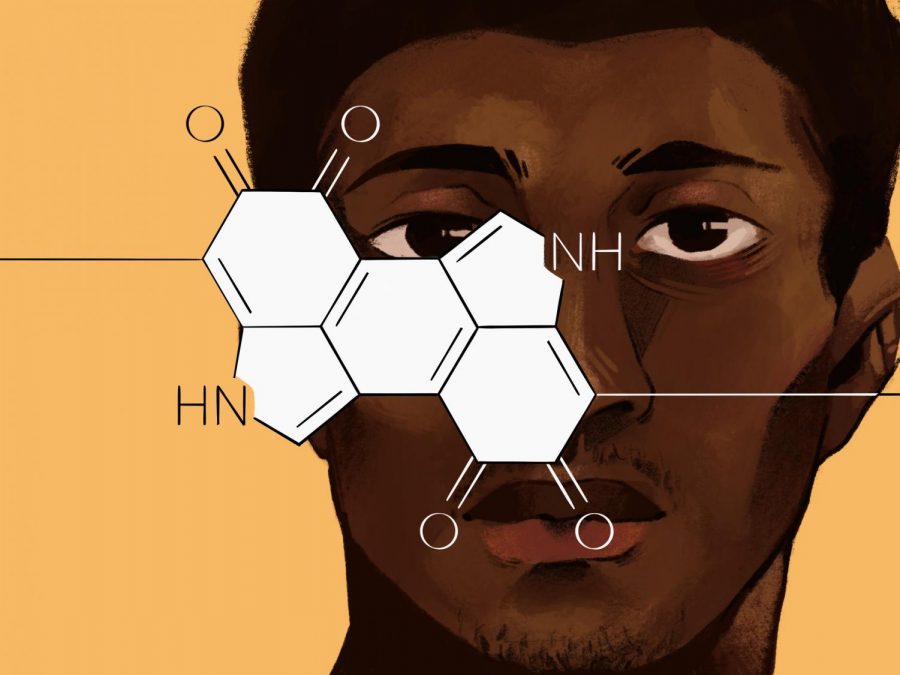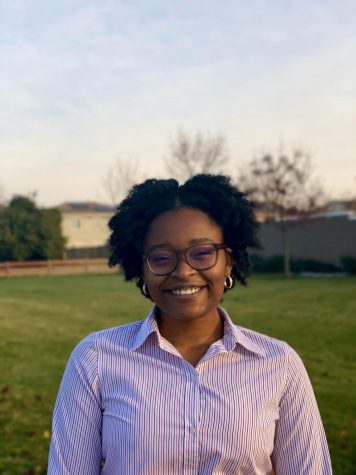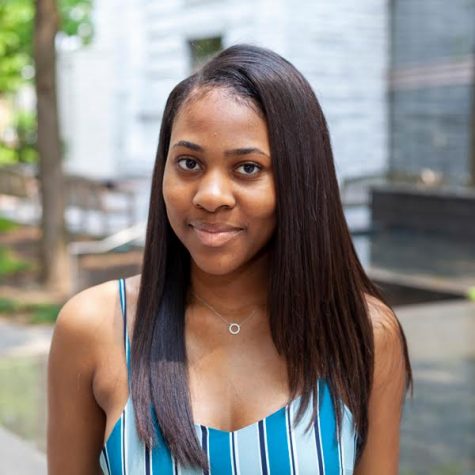How Can the STEM Classroom Be Anti-Racist?
Discussions of race are commonplace in Oberlin departments like Politics and Ethnomusicology. However, in natural science fields, conversations about diversity and equity are often precluded by an illusion of objectivity, as if the scientific method somehow absolves STEM fields of implicit biases and racism. In truth, many students of color in STEM fields at Oberlin are met with barriers like toxic peer environments, lack of acknowledgment of racial experiences, and a broader culture of academia that defaults to whiteness. Still, some Oberlin STEM professors are working to support students of color and make their classrooms safe, open spaces.
In her book Teaching to Transgress, bell hooks defined education’s purpose as “the practice of freedom.” When she taught at Oberlin College, hooks led a series of discussions for Oberlin professors, including STEM professors, to assess how their teaching strategies could adjust to be more inclusive.
“We proceeded from the standpoint that the vast majority of Oberlin professors, who are overwhelmingly white, were basically well-meaning, concerned about the quality of education students receive on our campus, and therefore likely to be supportive of any effort at education for critical con-sciousness,” hooks wrote.
Oberlin’s new Director of the Center for Learning, Education, and Research in the Sciences Sabriya Rosemond, a biologist, will lead the Howard Hughes Medical Institute Inclusive Excellence program to support inclusion in STEM at Oberlin, largely through peer mentoring programs.
“As [hooks] was saying, I realized, actually, that I am not entirely interested in asking students to conform to a system that requires their further oppression,” Rosemond said. “The students are fine. They come in brilliant. … The problem is that you have these institutions that were not built for the student.”
Leslie Kwakye, OC ’06, is an associate professor of Neuroscience and director of the Office of Undergraduate Research. She has been struggling to find a balance between fighting the norms of science education and ensuring her students are prepared for a successful future once they graduate.
“That’s generally what makes people who are underrepresented successful — they’re expected to conform to certain types of systems and understandings of knowledge and evidence and all of that,” Kwakye said.
As a Black, tenured professor, Kwakye herself has navigated a STEM career and says that many in her position might not remember the struggle it takes to get there.
“It’s harder for the people who make it all the way through to really see the shortcomings of the system, because we figured it out,” she said.
It is also difficult for faculty to see or control many of the toxic interactions among students that harm people of color in STEM.
“Students can make other students feel excluded in a way that professors are never going to be able to access,” Kwakye said. “Sometimes there can be a little bit of a level of showing off that really can be toxic. Students have a huge role to play.”
Rosemond is concerned that science classrooms will default to reproducing and reflecting the injustices of broader U.S. society. Often, marginalized students are forced to be more preoccupied with their own safety than with absorbing course material.
“There’s a whole system of hierarchy in class that is resulting from larger societal hierarchies, and we just recreate them in class and actually make them a little worse,” Rosemond said.
Gathering scientific knowledge can also be informed by the biases of individuals. Kwakye points out that it is always a human guiding the process and making decisions on what to study and who to exclude.
“I think it’s really important to think about each choice that you’re making and how that might be propagating different forms of oppression,” she said.
Kwakye believes that because people of marginalized identities do not see themselves reflected in meaningful research, such as medical or public health research, science has lost the engagement of a diverse population and retreats further into irrelevance.
Assistant Professor of Chemistry and Biochemistry Lisa Ryno believes that this underscores the need for the natural sciences to become more diverse and for scientists to become better communicators.
“You have to be reflective about who your audience is, and I think when we are trying to reach this diverse world,” Ryno said. “It makes sense that we need to have a diverse body of people doing that.”
Rosemond advocates for more hands-on approaches like course-based undergraduate research experiences, to even opportunities in the classroom. She recalls her postgraduate research experience designing an introductory chemistry course for a class of largely first-generation students and students of color.
“It wasn’t a lecture, it was all working [in a lab] Monday, Wednesday, Friday, 50 minutes,” Rosemond said. “A lot of the students came to more of this practice-based idea about what chemistry is because science is a set of practices. It’s not just a memorization of things. For the people who were able to see it just as a set of practices, they were able to see themselves as people who were good at chemistry.”
Ryno, who is white, emphasized the urgency of calling out racist aggressions in the classroom and in labs.
“I would say I am a very passive person,” she said. “I don’t like conflict in general. However, my mentality has changed considerably in the last few years. … I would not allow that type of behavior to happen because I would be outwardly, vocally, wildly, reeling against it. I am sort of in a position of privilege to do that, because I’m a faculty member; I have power. I think using my power for that is the only use that really matters.”
In her efforts at creating an inclusive classroom, Kwakye has her students write out their personal learning goals for the class, which she uses to give individualized feedback on assignments. She also gives special attention to quieter students and helps them prepare something to say ahead of time that they would be confident contributing to class discussion.
Rosemond says that she learns from the knowledge students share from their classes in other areas, like Africana Studies or Anthropology.
“The fact that we’re at a liberal arts college and being able to pull in things that you’ve learned from all of your other classes in the discussion — it just makes the discussion richer,” she said.
Professors can also learn from students’ assessments of their teaching. Rosemond argues that ensuring student voices are heard in listening sessions and other spaces is a central goal of institutional change in STEM, and this is beginning to be incorporated through Oberlin’s HHMI Departmental Action and Reflection Teams.
The purposes of fostering an inclusive classroom are profound and multi-dimensional. For Ryno, teaching is a way to express her own authenticity in hopes that her students will be open to her in turn.
“I don’t know how else to say it,” she said. “I like taking care of people. I’ve learned to share parts of myself.”
Rosemond argues that her purpose as a science educator has everything to do with exploring how to fulfill her responsibilities to others. She is driven by an urge for justice, an admiration for biology, and a desire for students to see themselves as more than enough.
“Think about your why,” she said. “And let that guide you when you’re having to do something that’s really new and hard. … Where some people try something and it doesn’t work, they just go back to what they used to do — as opposed to thinking about what didn’t work. That’s taking a more scientific approach to teaching.”






